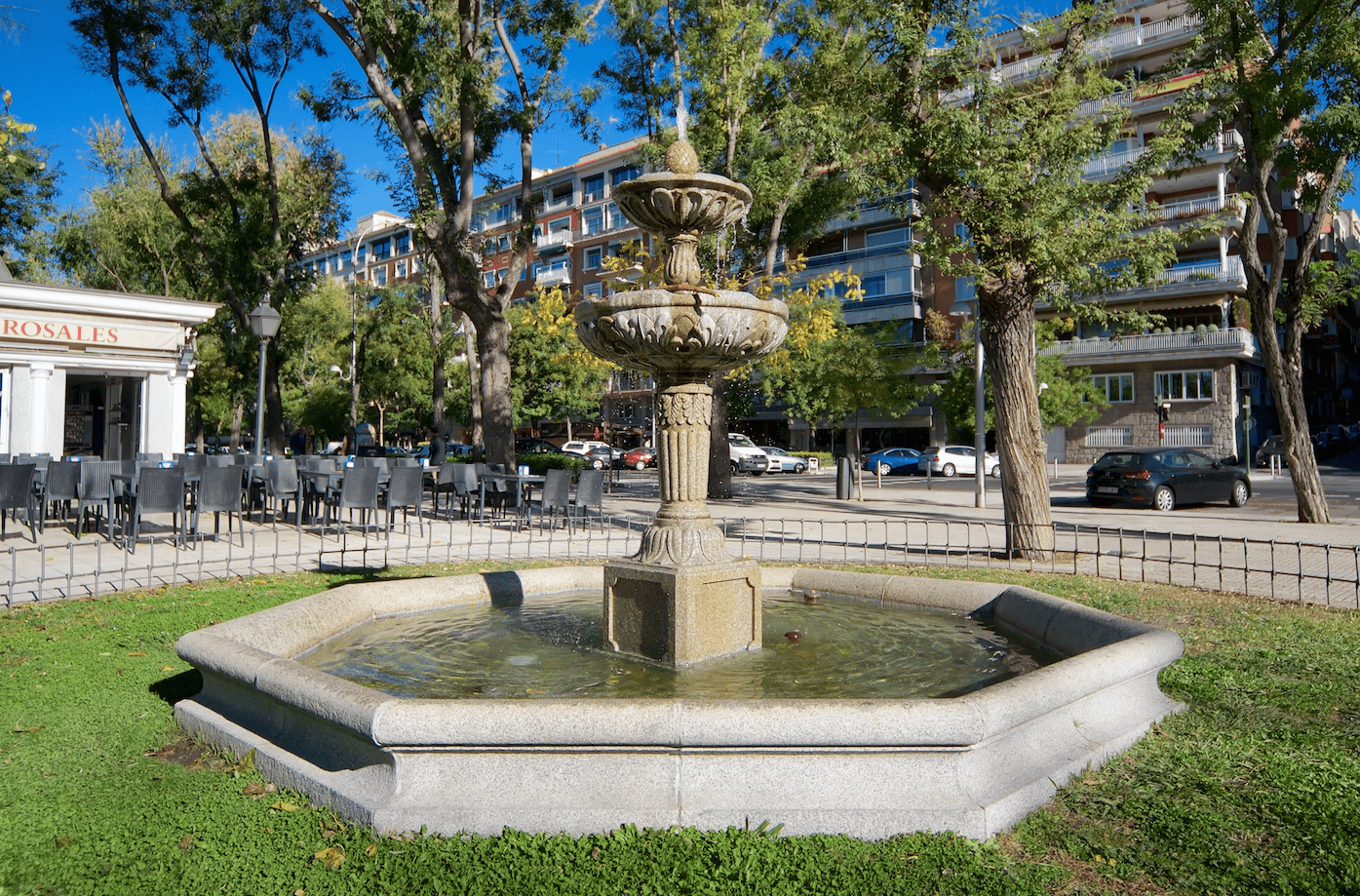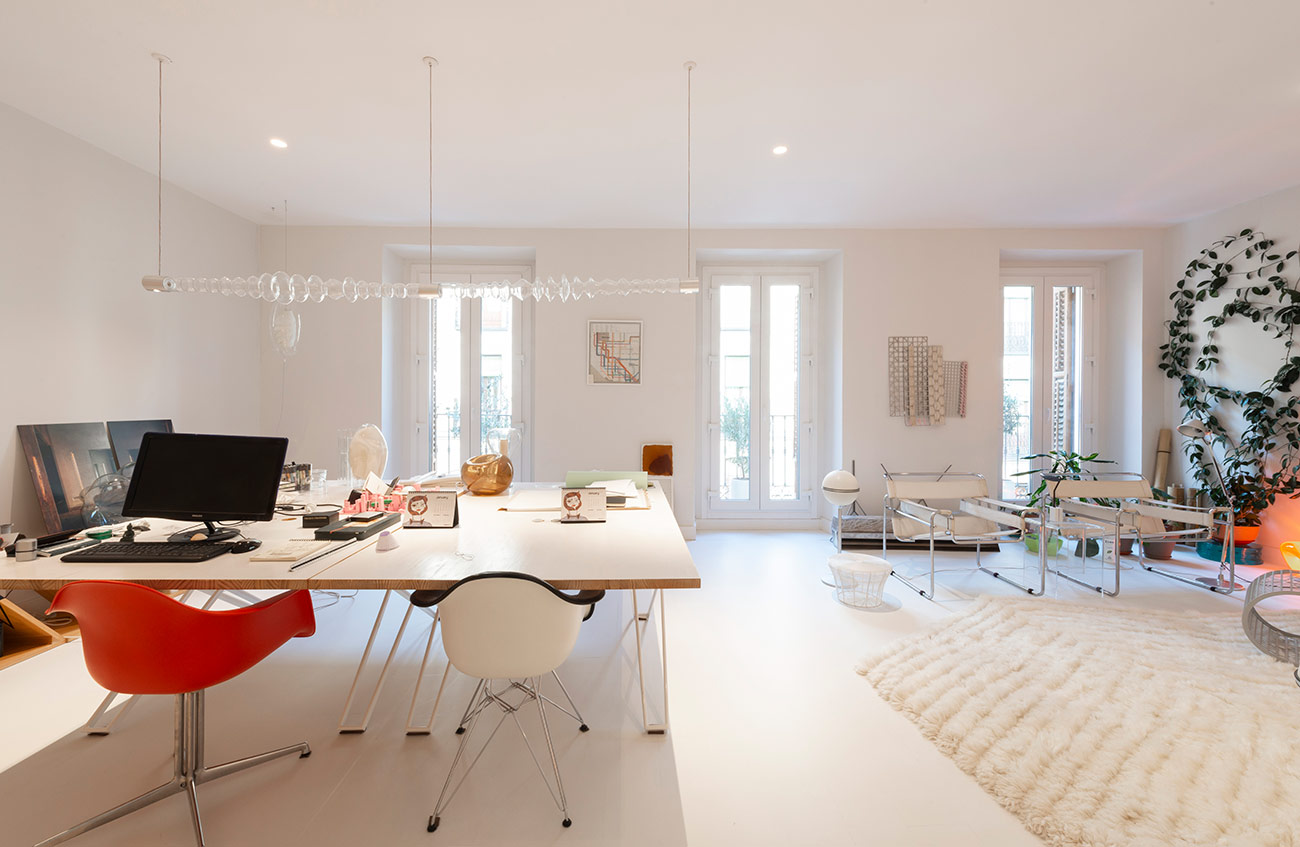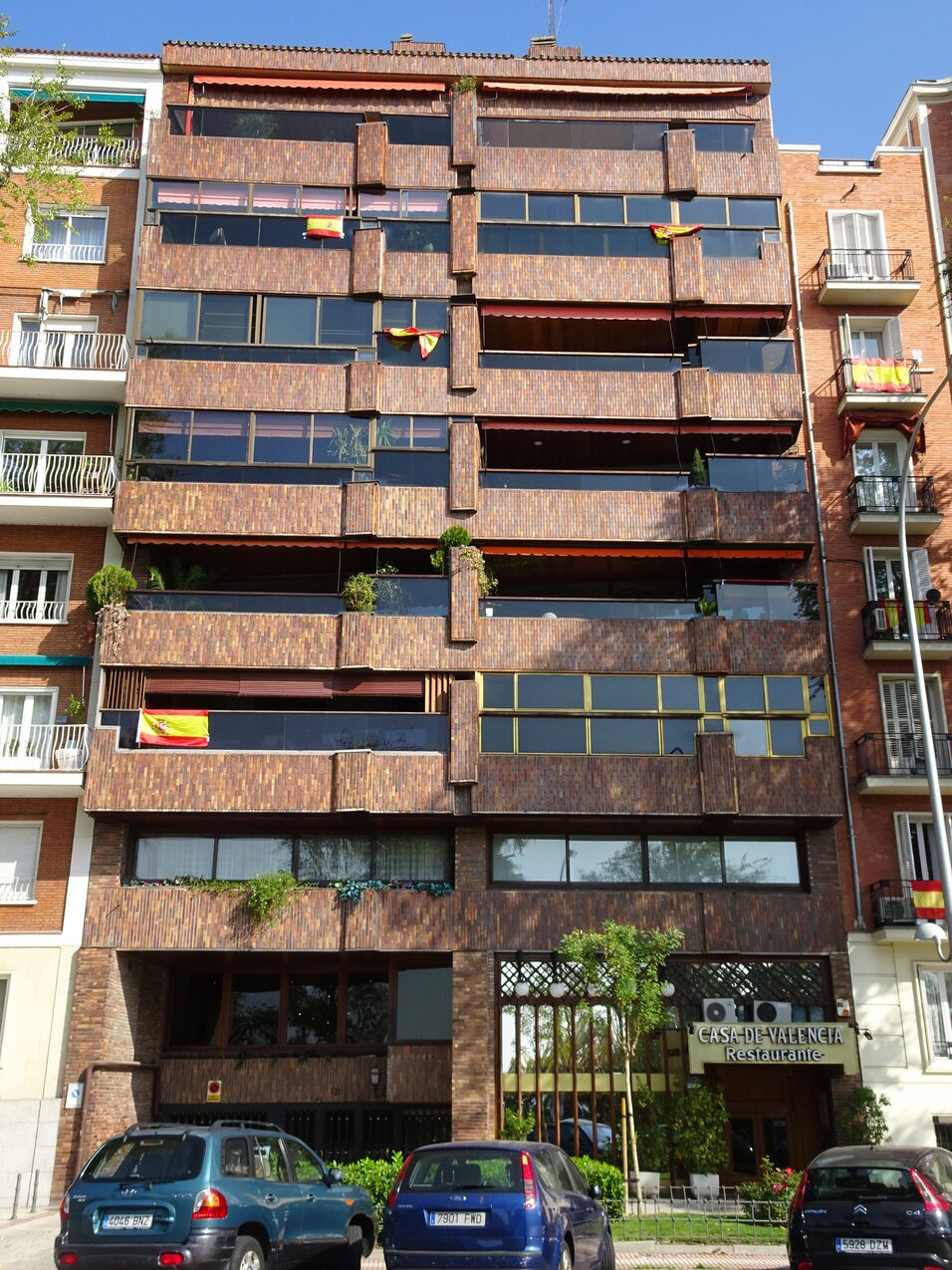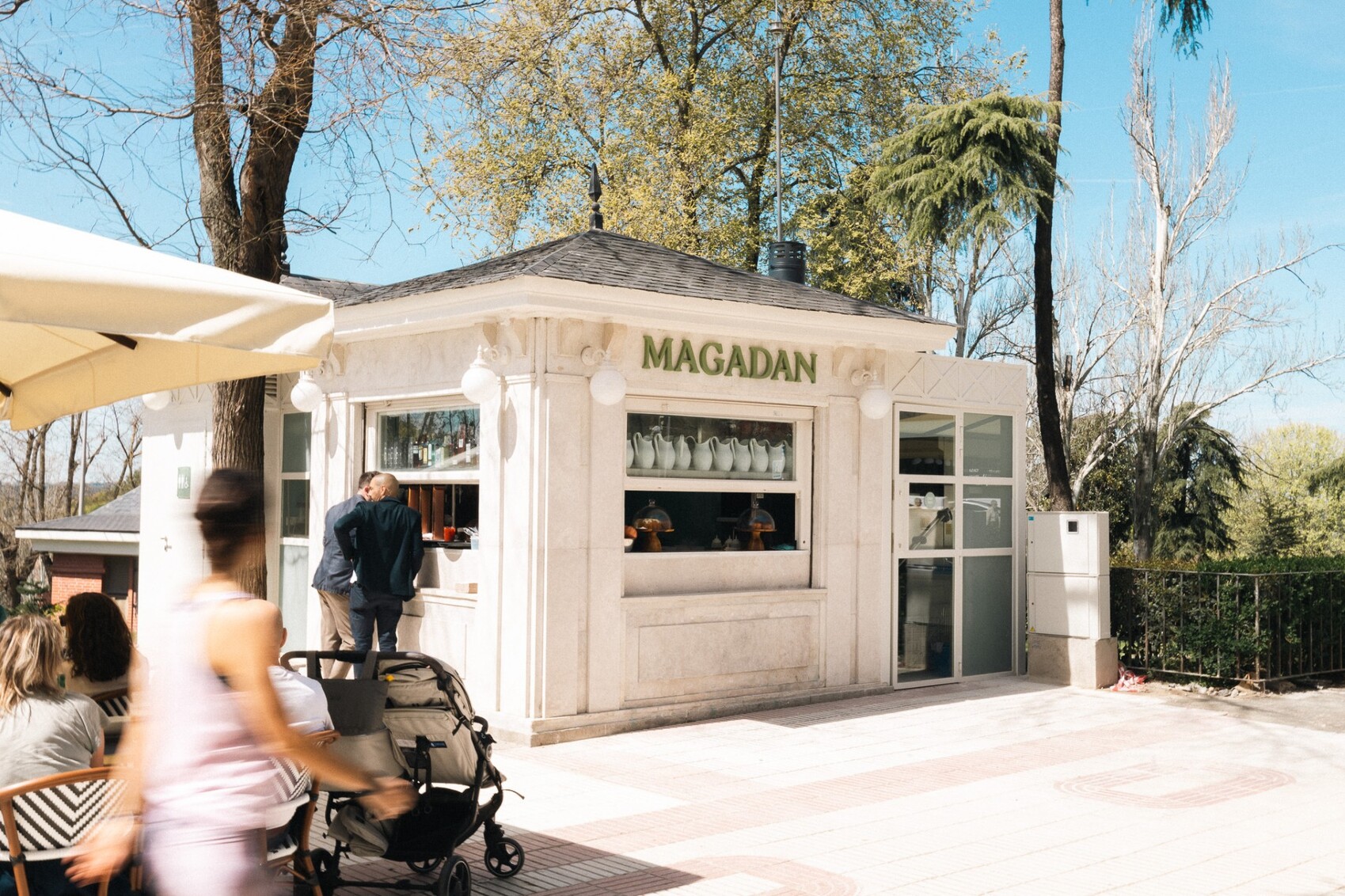Paseo Pintor Rosales: a unique green kilometer in the city
Madrid is in effervescence, that's why a Paseo de Pintor Rosales, in the heart of downtown, in the district of Argüelles, with an unparalleled peace and a stately atmosphere, is a unique event.

A few meters from Opera, Princesa or Gran Via, but nevertheless enjoys a green lung as the Parque del Oeste. Something that very few can enjoy as owners (there are hardly any homes for sale) and many of us can do it walking.
If the block in the Salamanca neighbourhood delineated by the streets of Juan Bravo, Príncipe de Vergara, Jorge Juan and Ortega y Gasset is colloquially known as the Golden Mile, Paseo de Pintor Rosales could be called the ‘Golden Kilometre’, as its 1.2 kilometres are home to some of the most coveted properties in the Argüelles neighbourhood and in general in the whole of Madrid.
This limited extension means that the supply is also limited, and there is hardly any turnover, so finding a flat for sale on the promenade becomes a sporadic event, and as is often the case in the real estate market, most transactions are closed off-market, channelled through trusted relationships with specialised advisors. “We have an active and constant demand from clients who are looking for something in Rosales that they cannot find in other neighbourhoods: the combination of spaciousness, green surroundings and serenity. Most of the properties have generous living spaces, high ceilings and characterful architecture, which is very difficult to replicate in new developments,” says Silvia Hengstenberg, CEO of The Sibarist.
XL flats with unique views
It is difficult to find a location like that of Rosales in the whole of Madrid, and even in other large European cities: a promenade, where one of the sides (the even numbers) has houses and the other is a large green oasis formed by the Parque del Oeste and the Temple of Debod; and with the Casa de Campo just a few kilometres away. This plan was conceived at the end of the 19th century as a viewpoint along the cornice bordering the old Príncipe Pío mountain (between the Plaza de España and the Arguelles neighbourhood), which is why some people call this area the ‘Park Avenue of Madrid’ (a metaphor also used for the Avenida de Menéndez Pelayo, with views of the Retiro).
The visual amplitude that this green front offers to the houses makes the light of Rosales unique, even in the first floors of the buildings, because, in addition, although the Paseo itself has a reduced length, its width is very considerable, allowing the trees not to detract from the luminosity. Something we can see in this property in the image, with its large windows. It is a property that was completely refurbished in 2008, and although the social area has now been converted into a large office, plus another two rooms, its 172 square metres could again be distributed into 3 bedrooms, as it has two bathrooms.

The surface area of most of the dwellings is not, however, of small dimensions. At the beginning of the 20th century, aristocratic dwellings began to be built where the generosity of square metres and height, and a delimited service area were necessary. Most of them, moreover, as they have never been depreciated, have not been segregated and continue to conserve their large dimensions. In addition to the great fortunes, from the beginning the promenade also had neighbours from the artistic world and the Fine Arts, something that, curiously enough, has maintained to date. Then it was the sculptor Victorio Macho or the painter Francisco Padilla, among others; today it is Pedro Almodóvar, Rosario Flores, Alejandro Amenábar or Eugenia Silva, for example. The privileged location, as well as the calm and, to a certain extent, the anonymity that this walk allows, despite being right in the centre, are undoubtedly the assets that have won them all over. “There is something in Rosales that is in tune with a more introspective sensibility and a more discreet lifestyle. Undoubtedly a timeless value, with a demanding and well-informed demand, and properties that are more appreciated for their uniqueness and scarcity of supply”, concludes the partner of The Sibarist.
Architecture with personality, and without stridency
The facades of the residential estates, although very different from one another, nevertheless maintain an aesthetic harmony. In addition to its undoubted urbanistic and landscape value, Rosales stands out for the quality of its architecture. Some of its most representative estates bear the signature of key figures of Madrid rationalism, including Luis Gutiérrez Soto, one of the most influential architects of the 20th century in Spain. His sober but sophisticated style defines much of the aesthetics of the promenade: pure lines, balanced proportions and exquisite attention to interior design.

Many of these houses, built between the 1940s and 1970s, have retained their original structure and are authentic residential gems that combine heritage value and contemporary functionality. It is common to find large windows (rare in architecture from other periods), which not only flood the spaces with natural light, but also offer impressive views of the Parque del Oeste, reinforcing the unique appeal of these properties.
Who buys at Rosales (besides the artists)?
The motivation to buy in Rosales usually responds to a combination of factors. As we have already explained, the proximity to the green lung that is the Parque del Oeste, the residential architecture with spacious typologies and the tranquillity of an eminently residential area, all within walking distance of the financial and cultural centre of the city, make for an unbeatable combination. “Rosales has always had a special magnetism,” says Silvia Hengstenberg, CEO of The Sibarist. “It has historically been a prized location for the affluent national buyer, and continues to be so. However, in recent years we have detected a growing interest from the more sophisticated international client, who is beginning to see this area as a discreet alternative to other more exposed prime locations, such as the Salamanca neighbourhood”.

Currently, the price per square metre in this enclave is around 10,000 euros, reflecting both the scarcity of product and the value that the market places on unique and well-preserved assets. Expectations point to a stable or even upward trend, especially in properties refurbished with quality, energy efficiency and design criteria. Proof that the ‘fan club’ of this promenade is growing is that even restaurant groups such as Lamucca want to set up shop here, which is why they are recovering the iconic Quiosco Magadán, where many Madrileños have enjoyed aperitifs and afternoons with the best views, to turn it into a meeting point for Madrileños and tourists of different generations.
New construction is practically non-existent on the promenade itself, and although there are occasional developments in neighbouring areas such as Argüelles, Rosales maintains its status as a mature, consolidated and, above all, exclusive market.